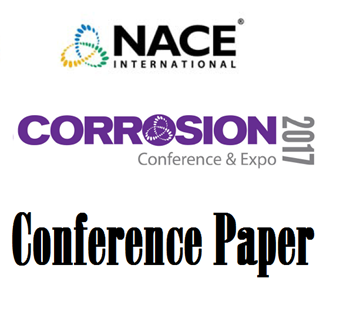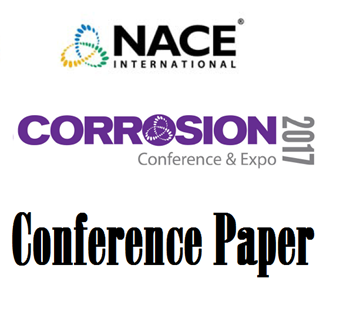Search
01226 NUMERICAL MODELLING OF HYDROGEN ASSISTED CRACKING
Also Purchased
Hydrogen in Steels: A Critical Review and Recommended Practices
Product Number:
51317--9548-SG
ISBN:
9548 2017 CP
Publication Date:
2017
$20.00
High Temperature Hydrogen Attack (HTHA) Modeling Prediction and Non-Intrusive Inspection Review
Product Number:
51317--8924-SG
ISBN:
8924 2017 CP
Publication Date:
2017
$20.00
00467 HYDROGEN PERMEATION AND HYDROGEN CONCENTRATION MEASUREMENTS TO MODEL DIFFUSIBLE HYDROGEN IN WELD METAL
Product Number:
51300-00467-SG
ISBN:
00467 2000 CP
$20.00
Recently viewed




